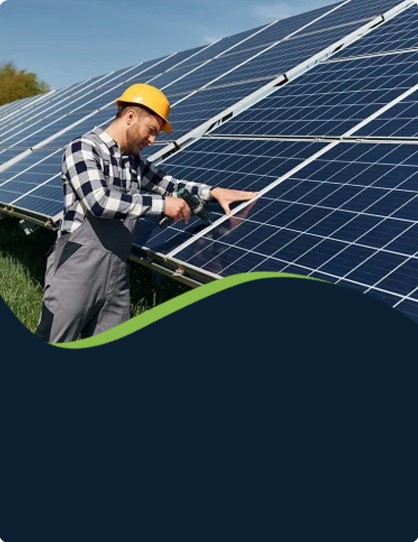
-
[email protected]

-
Building 1, No. 21 Shengfa Road, Lucheng District, Wenzhou, Zhejiang, China


Across rooftops, fields, and commercial structures worldwide, solar panels are becoming an increasingly familiar sight, representing a practical approach to harnessing renewable energy. These sophisticated devices convert sunlight directly into electricity through photovoltaic technology, providing a clean alternative to conventional power sources. The growing presence of solar panels reflects a broader shift toward energy solutions that reduce environmental impact while offering greater energy independence. From residential installations to large-scale solar farms, these systems demonstrate how solar panels can meet diverse energy needs while supporting sustainability goals.
The fundamental operation of solar panels involves the photovoltaic effect, where sunlight striking semiconductor materials generates electrical current. Modern solar panels typically consist of multiple silicon-based cells interconnected within a protective framework. The efficiency of solar panels has steadily improved through advancements in cell technology and manufacturing processes. A quality solar panel system includes not just the panels themselves but also inverters that convert direct current to alternating current, mounting structures, and often energy storage components. These integrated systems allow solar panels to provide reliable electricity for various applications throughout daily and seasonal cycles.
Contemporary solar panel designs have evolved to address different installation environments and user requirements. Today's market offers solar panel options in various configurations, including traditional rigid models for fixed installations, flexible versions for curved surfaces, and building-integrated products that replace conventional construction materials. Modern solar panel manufacturing has developed more streamlined production techniques, making this technology increasingly accessible. The development of specialized solar panel applications has produced transparent versions for windows, lightweight models for vehicle integration, and highly durable products for harsh weather conditions. These innovations demonstrate how solar panel technology continues to adapt to diverse user needs and installation scenarios.
The application of solar panels spans numerous sectors and scales, reflecting their versatility as a power generation solution. Residential property owners install solar panels to reduce electricity costs and decrease their environmental footprint. Commercial and industrial facilities utilize solar panels to manage operational expenses and demonstrate corporate responsibility. Agricultural operations employ solar panels to power equipment in remote locations while preserving land for simultaneous cultivation. Community solar panel projects allow multiple participants to benefit from shared installations, expanding access to those who cannot install systems individually. This broad implementation spectrum shows how solar panels can be adapted to different energy requirements and spatial constraints.
Looking ahead, the solar panel industry continues to advance through research into improved materials and manufacturing techniques. Development efforts focus on enhancing the efficiency of solar panels while reducing production costs and material requirements. Integration with energy storage systems represents another important direction for solar panel technology, addressing the intermittent nature of solar radiation. As manufacturing scales increase and installation methods become more streamlined, solar panels are likely to play an expanding role in global energy systems. The ongoing innovation in solar panel technology supports a gradual transition toward renewable energy sources while providing consumers with greater choice in how they meet their electricity needs. These developments suggest that solar panels will continue to become more efficient, affordable, and integrated into built environments worldwide.

Your email address will not be published. Required field are marked*
